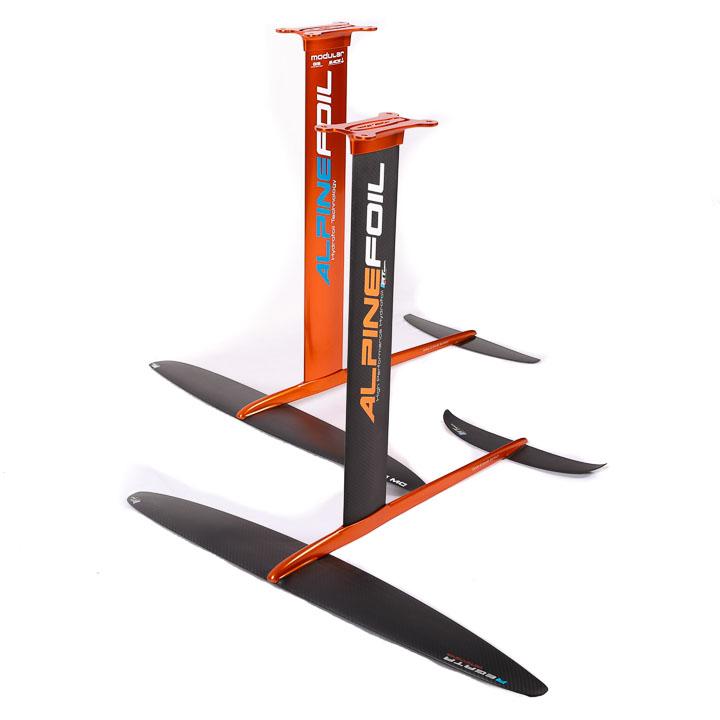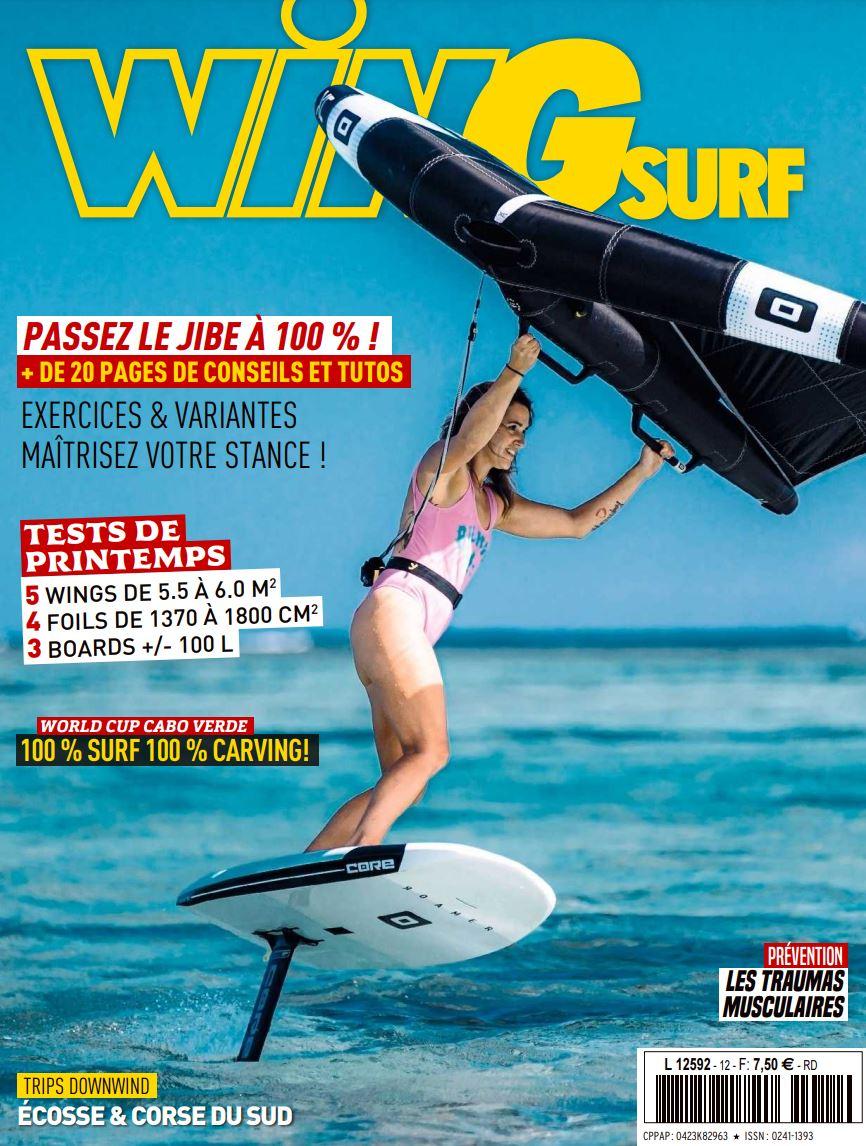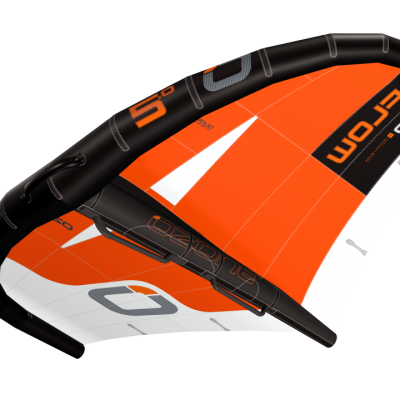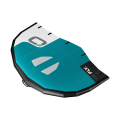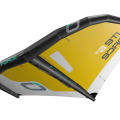Wingfoil Modular Carbon
AlpineFoil MODULAR – a Wingfoil made in France without limits and without compromise, the new generation of foil has arrived!
100% upgradeable, it protects your budget while taking into account all the new foil practices and their constraints.
WINGFOIL / KITEFOIL / SUP FOIL / SURF FOIL / WAKE FOIL / PUMPING
Wingfoil AlpineFoil Modular Carbon : Carbon Wing + Carbon Stabilizer + Carbon Mat 75/ 83/ 95 + US Rail Plate
Ultralight / Made in France
Beginner to expert level

From Monday to Thursday: 8 AM - 12 PM, 2 PM - 7 PM. Friday: 8 AM - 12 PM
Availability: En stock, livraison rapide
1 669.00€ inc. tax
Wingfoil Modular Carbon
alpinefoil Carbon FREERIDE wingfoil AlpineFoil CARBONE wingfoil MODULAR
Tests and Reviews
WingFoil MODULAR, Innovation MADE IN FRANCE
The Mast
The Fuselage
"Modular" isn't a random name
Front wings for Wingfoil
Recommended
-
M6 M8 T-Nuts US Rail OPTION
T-Nuts M6 & M8 (not supplied) compatible for US Rail self-locking screws Quantity : x4 Compatible...39.00€ inc. tax
Details -
Kitefoil Torx driver tool
Torx mounting compact key, allowing an optimal tightening of the elements of your foil, this key ensures...17.50€ inc. tax
Details -
SIDEON Foil Case - 115 cm x 30 cm
"Suitcase" type cover 115 cm x 30 cm specially designed for foils with plate (HAWK / MODULAR...119.00€ inc. tax
Details -
Wingfoil sail - OZONE Fly V1
The Fly V1 is an Intermediate wing that is also perfectly accessible for those new to this sport. We...From
Details
789.00€ inc. tax -
Wingfoil sail - OZONE FLOW
The new Ozone Flux V1 made a dominant release, with Ozone team riders Johnny Heineken and Ken Adgate...From
Details
1 049.00€ inc. tax -
Wingfoil sail - OZONE LiteForce
The Ozone LiteForce is the perfect wingfoil for ultra-light wind conditions. It is available in sizes...From
Details
1 499.00€ inc. tax -
Foil wing cover SIDEON 115x25
Wingfoil/Windfoil compatible foil cover Size XL 115x25 ideal for DW1680 , DW1370 and Regatta 1100 High...42.90€ inc. tax
Details -
Front Wing Bag SIDEON 95x25
Wingfoil/Windfoil compatible foil cover Size 95x25 fits DW980 / DW750 / Regata 850 / Cruise...42.90€ inc. tax
Details -
Stabilizer Wing Bag SIDEON 50x15
Stabilizer cover Size 50x15 ideal for Standard Wing, Performance , SHA239 and SHA188 stabilizers allow...34.00€ inc. tax
Details -
stabilizer Bag SIDEON 40x15
Cover for Stabilizer Size 40x15 Perfect for Stabilizer HA208 or HA175 High strength, 5mm padded,...34.00€ inc. tax
Details -
Wingfoil Rake shim
Rake adjustment shim for US Rail system, allows to optimize the take-off of the foil in the light wind...26.00€ inc. tax
Details -
WG89 BOARD OPTION -100€ Foil + Board Purchase
Planche Wingfoil WG89 , 4.9 x 27.5 - 89 litres - Programme : Confirmé à Expert, construction...1 499.00€ inc. tax
Details
Questions / Answers
Add a comment




































